HSBC 2010 Annual Report Download - page 253
Download and view the complete annual report
Please find page 253 of the 2010 HSBC annual report below. You can navigate through the pages in the report by either clicking on the pages listed below, or by using the keyword search tool below to find specific information within the annual report.-
 1
1 -
 2
2 -
 3
3 -
 4
4 -
 5
5 -
 6
6 -
 7
7 -
 8
8 -
 9
9 -
 10
10 -
 11
11 -
 12
12 -
 13
13 -
 14
14 -
 15
15 -
 16
16 -
 17
17 -
 18
18 -
 19
19 -
 20
20 -
 21
21 -
 22
22 -
 23
23 -
 24
24 -
 25
25 -
 26
26 -
 27
27 -
 28
28 -
 29
29 -
 30
30 -
 31
31 -
 32
32 -
 33
33 -
 34
34 -
 35
35 -
 36
36 -
 37
37 -
 38
38 -
 39
39 -
 40
40 -
 41
41 -
 42
42 -
 43
43 -
 44
44 -
 45
45 -
 46
46 -
 47
47 -
 48
48 -
 49
49 -
 50
50 -
 51
51 -
 52
52 -
 53
53 -
 54
54 -
 55
55 -
 56
56 -
 57
57 -
 58
58 -
 59
59 -
 60
60 -
 61
61 -
 62
62 -
 63
63 -
 64
64 -
 65
65 -
 66
66 -
 67
67 -
 68
68 -
 69
69 -
 70
70 -
 71
71 -
 72
72 -
 73
73 -
 74
74 -
 75
75 -
 76
76 -
 77
77 -
 78
78 -
 79
79 -
 80
80 -
 81
81 -
 82
82 -
 83
83 -
 84
84 -
 85
85 -
 86
86 -
 87
87 -
 88
88 -
 89
89 -
 90
90 -
 91
91 -
 92
92 -
 93
93 -
 94
94 -
 95
95 -
 96
96 -
 97
97 -
 98
98 -
 99
99 -
 100
100 -
 101
101 -
 102
102 -
 103
103 -
 104
104 -
 105
105 -
 106
106 -
 107
107 -
 108
108 -
 109
109 -
 110
110 -
 111
111 -
 112
112 -
 113
113 -
 114
114 -
 115
115 -
 116
116 -
 117
117 -
 118
118 -
 119
119 -
 120
120 -
 121
121 -
 122
122 -
 123
123 -
 124
124 -
 125
125 -
 126
126 -
 127
127 -
 128
128 -
 129
129 -
 130
130 -
 131
131 -
 132
132 -
 133
133 -
 134
134 -
 135
135 -
 136
136 -
 137
137 -
 138
138 -
 139
139 -
 140
140 -
 141
141 -
 142
142 -
 143
143 -
 144
144 -
 145
145 -
 146
146 -
 147
147 -
 148
148 -
 149
149 -
 150
150 -
 151
151 -
 152
152 -
 153
153 -
 154
154 -
 155
155 -
 156
156 -
 157
157 -
 158
158 -
 159
159 -
 160
160 -
 161
161 -
 162
162 -
 163
163 -
 164
164 -
 165
165 -
 166
166 -
 167
167 -
 168
168 -
 169
169 -
 170
170 -
 171
171 -
 172
172 -
 173
173 -
 174
174 -
 175
175 -
 176
176 -
 177
177 -
 178
178 -
 179
179 -
 180
180 -
 181
181 -
 182
182 -
 183
183 -
 184
184 -
 185
185 -
 186
186 -
 187
187 -
 188
188 -
 189
189 -
 190
190 -
 191
191 -
 192
192 -
 193
193 -
 194
194 -
 195
195 -
 196
196 -
 197
197 -
 198
198 -
 199
199 -
 200
200 -
 201
201 -
 202
202 -
 203
203 -
 204
204 -
 205
205 -
 206
206 -
 207
207 -
 208
208 -
 209
209 -
 210
210 -
 211
211 -
 212
212 -
 213
213 -
 214
214 -
 215
215 -
 216
216 -
 217
217 -
 218
218 -
 219
219 -
 220
220 -
 221
221 -
 222
222 -
 223
223 -
 224
224 -
 225
225 -
 226
226 -
 227
227 -
 228
228 -
 229
229 -
 230
230 -
 231
231 -
 232
232 -
 233
233 -
 234
234 -
 235
235 -
 236
236 -
 237
237 -
 238
238 -
 239
239 -
 240
240 -
 241
241 -
 242
242 -
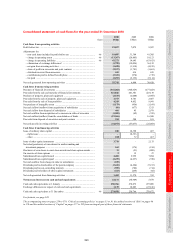 243
243 -
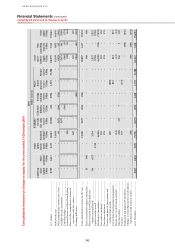 244
244 -
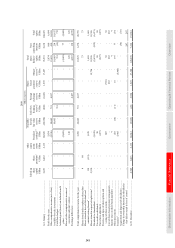 245
245 -
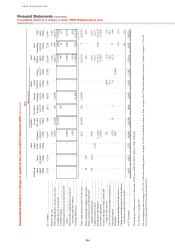 246
246 -
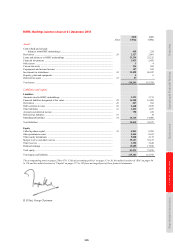 247
247 -
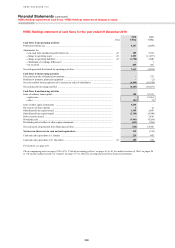 248
248 -
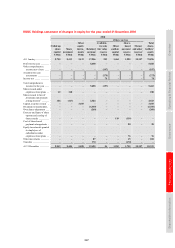 249
249 -
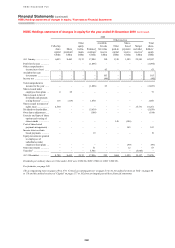 250
250 -
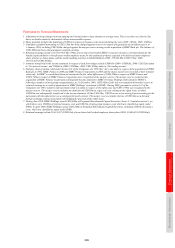 251
251 -
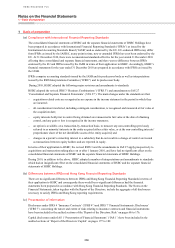 252
252 -
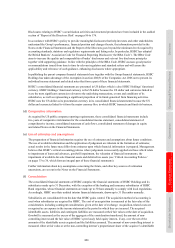 253
253 -
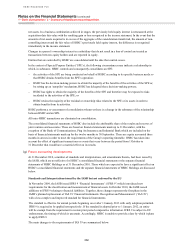 254
254 -
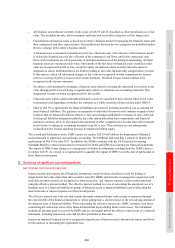 255
255 -
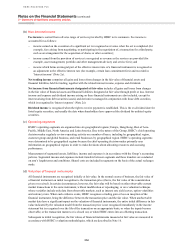 256
256 -
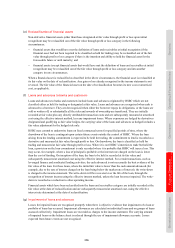 257
257 -
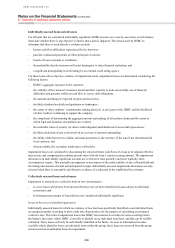 258
258 -
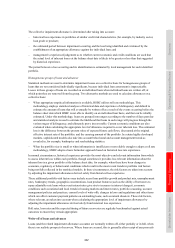 259
259 -
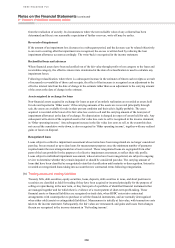 260
260 -
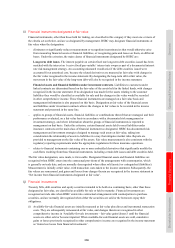 261
261 -
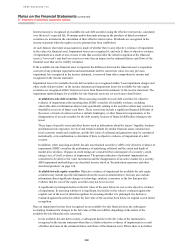 262
262 -
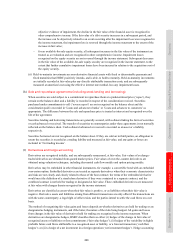 263
263 -
 264
264 -
 265
265 -
 266
266 -
 267
267 -
 268
268 -
 269
269 -
 270
270 -
 271
271 -
 272
272 -
 273
273 -
 274
274 -
 275
275 -
 276
276 -
 277
277 -
 278
278 -
 279
279 -
 280
280 -
 281
281 -
 282
282 -
 283
283 -
 284
284 -
 285
285 -
 286
286 -
 287
287 -
 288
288 -
 289
289 -
 290
290 -
 291
291 -
 292
292 -
 293
293 -
 294
294 -
 295
295 -
 296
296 -
 297
297 -
 298
298 -
 299
299 -
 300
300 -
 301
301 -
 302
302 -
 303
303 -
 304
304 -
 305
305 -
 306
306 -
 307
307 -
 308
308 -
 309
309 -
 310
310 -
 311
311 -
 312
312 -
 313
313 -
 314
314 -
 315
315 -
 316
316 -
 317
317 -
 318
318 -
 319
319 -
 320
320 -
 321
321 -
 322
322 -
 323
323 -
 324
324 -
 325
325 -
 326
326 -
 327
327 -
 328
328 -
 329
329 -
 330
330 -
 331
331 -
 332
332 -
 333
333 -
 334
334 -
 335
335 -
 336
336 -
 337
337 -
 338
338 -
 339
339 -
 340
340 -
 341
341 -
 342
342 -
 343
343 -
 344
344 -
 345
345 -
 346
346 -
 347
347 -
 348
348 -
 349
349 -
 350
350 -
 351
351 -
 352
352 -
 353
353 -
 354
354 -
 355
355 -
 356
356 -
 357
357 -
 358
358 -
 359
359 -
 360
360 -
 361
361 -
 362
362 -
 363
363 -
 364
364 -
 365
365 -
 366
366 -
 367
367 -
 368
368 -
 369
369 -
 370
370 -
 371
371 -
 372
372 -
 373
373 -
 374
374 -
 375
375 -
 376
376 -
 377
377 -
 378
378 -
 379
379 -
 380
380 -
 381
381 -
 382
382 -
 383
383 -
 384
384 -
 385
385 -
 386
386 -
 387
387 -
 388
388 -
 389
389 -
 390
390 -
 391
391 -
 392
392 -
 393
393 -
 394
394 -
 395
395 -
 396
396
 |
 |

251
Overview Operating & Financial Review Governance Financial Statements Shareholder Information
Disclosures relating to HSBC’s securitisation activities and structured products have been included in the audited
section of ‘Report of the Directors: Risk’ on pages 86 to 176.
In accordance with HSBC’s policy to provide meaningful disclosures that help investors and other stakeholders
understand the Group’s performance, financial position and changes thereto, the information provided in the
Notes on the Financial Statements and the Report of the Directors goes beyond the minimum levels required by
accounting standards, statutory and regulatory requirements and listing rules. In particular, HSBC has adopted
the British Bankers’ Association Code for Financial Reporting Disclosure (‘the BBA Code’). The BBA Code
aims to increase the quality and comparability of banks’ disclosures and sets out five disclosure principles
together with supporting guidance. In line with the principles of the BBA Code, HSBC assesses good practice
recommendations issued from time to time by relevant regulators and standard setters and will assess the
applicability and relevance of such guidance, enhancing disclosures where appropriate.
In publishing the parent company financial statements here together with the Group financial statements, HSBC
Holdings has taken advantage of the exemption in section 408(3) of the Companies Act 2006 not to present its
individual income statement and related notes that form a part of these financial statements.
HSBC’s consolidated financial statements are presented in US dollars which is also HSBC Holdings’ functional
currency. HSBC Holdings’ functional currency is the US dollar because the US dollar and currencies linked to
it are the most significant currencies relevant to the underlying transactions, events and conditions of its
subsidiaries, as well as representing a significant proportion of its funds generated from financing activities.
HSBC uses the US dollar as its presentation currency in its consolidated financial statements because the US
dollar and currencies linked to it form the major currency bloc in which HSBC transacts and funds its business.
(d) Comparative information
As required by US public company reporting requirements, these consolidated financial statements include
two years of comparative information for the consolidated income statement, consolidated statement of
comprehensive income, consolidated statement of cash flows, consolidated statement of changes in equity
and related Notes on the Financial Statements.
(e) Use of estimates and assumptions
The preparation of financial information requires the use of estimates and assumptions about future conditions.
The use of available information and the application of judgement are inherent in the formation of estimates;
actual results in the future may differ from estimates upon which financial information is prepared. Management
believes that HSBC’s critical accounting policies where judgement is necessarily applied are those which relate
to impairment of loans and advances, goodwill impairment, the valuation of financial instruments, the
impairment of available-for-sale financial assets and deferred tax assets (see ‘Critical Accounting Policies’
on pages 33 to 36, which form an integral part of these financial statements).
Further information about key assumptions concerning the future, and other key sources of estimation
uncertainty, are set out in the Notes on the Financial Statements.
(f) Consolidation
The consolidated financial statements of HSBC comprise the financial statements of HSBC Holdings and its
subsidiaries made up to 31 December, with the exception of the banking and insurance subsidiaries of HSBC
Bank Argentina, whose financial statements are made up to 30 June annually to comply with local regulations.
Accordingly, HSBC uses their audited interim financial statements, drawn up to 31 December annually.
Subsidiaries are consolidated from the date that HSBC gains control. The acquisition method of accounting is
used when subsidiaries are acquired by HSBC. The cost of an acquisition is measured at the fair value of the
consideration, including contingent consideration, given at the date of exchange. Acquisition-related costs are
recognised as an expense in the income statement in the period in which they are incurred. The acquired
identifiable assets, liabilities and contingent liabilities are measured at their fair values at the date of acquisition.
Goodwill is measured as the excess of the aggregate of the consideration transferred, the amount of non-
controlling interest and the fair value of HSBC’s previously held equity interest, if any, over the net of the
amounts of the identifiable assets acquired and the liabilities assumed. The amount of non-controlling interest is
measured either at fair value or at the non-controlling interest’s proportionate share of the acquiree’s identifiable
